Today, August 1st, is White Rose Day or Yorkshire Day, a modern invention founded by the Yorkshire Ridings Society in 1975. I would like to say I wore a wear white rose and had Yorkshire Pudding for dinner but ran around the fields of Great Busby in North Yorkshire instead with the Cleveland Hills forever beckoning. Within an hour we had a full spread of Yorkshire weather blue skies, rain showers and rainbows. More traditionally though today is also Lammas Day, a pagan celebration of the first fruits of the harvest.
August itself is named after the Roman emperor Augustus and had previously known as Sextilis, meaning the sixth month. This was before the Romans started jiggling about with their calendar.
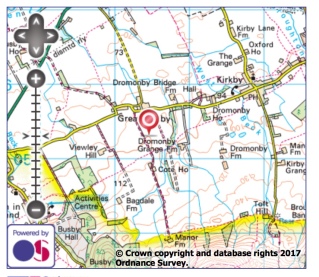

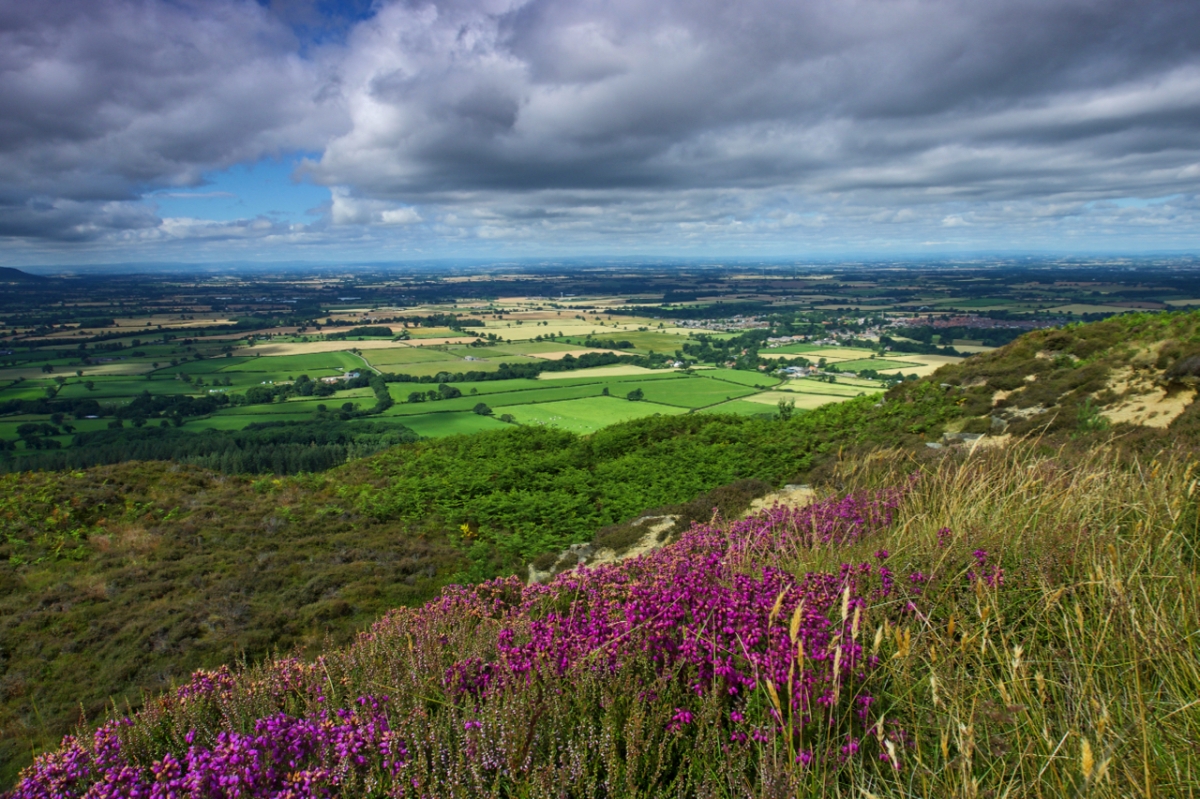
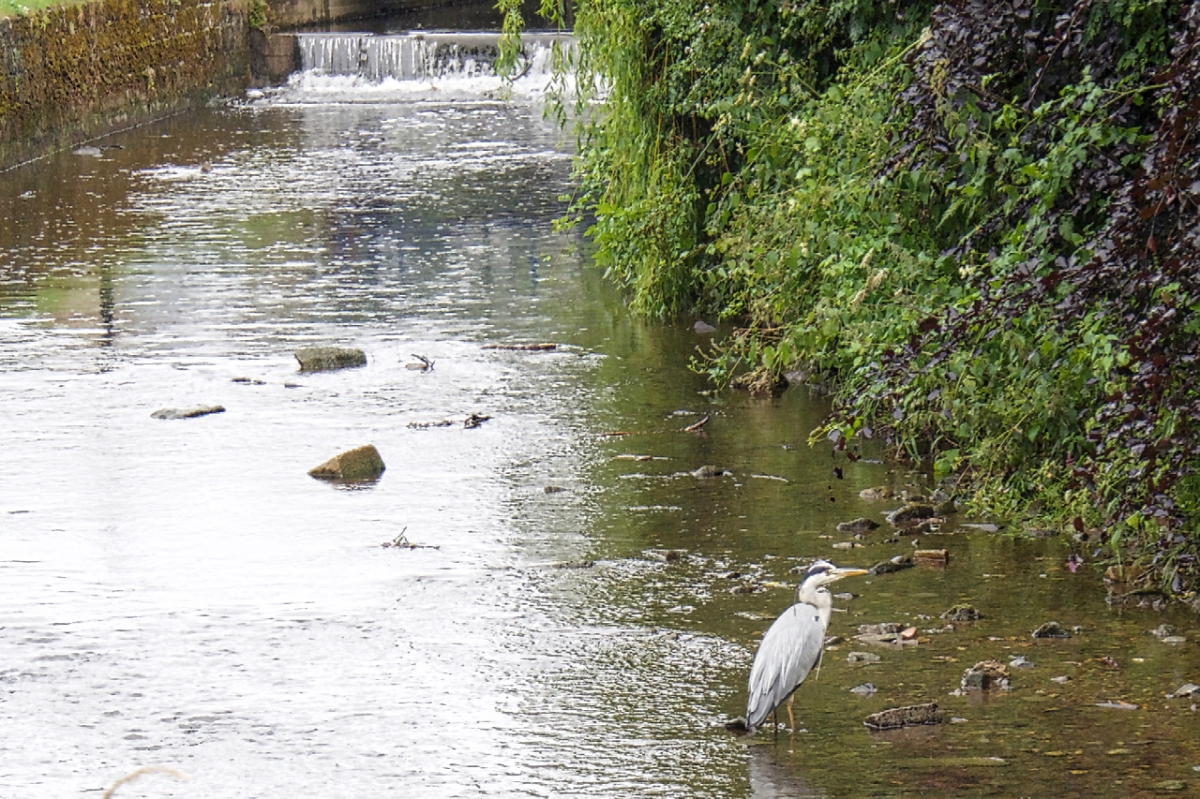

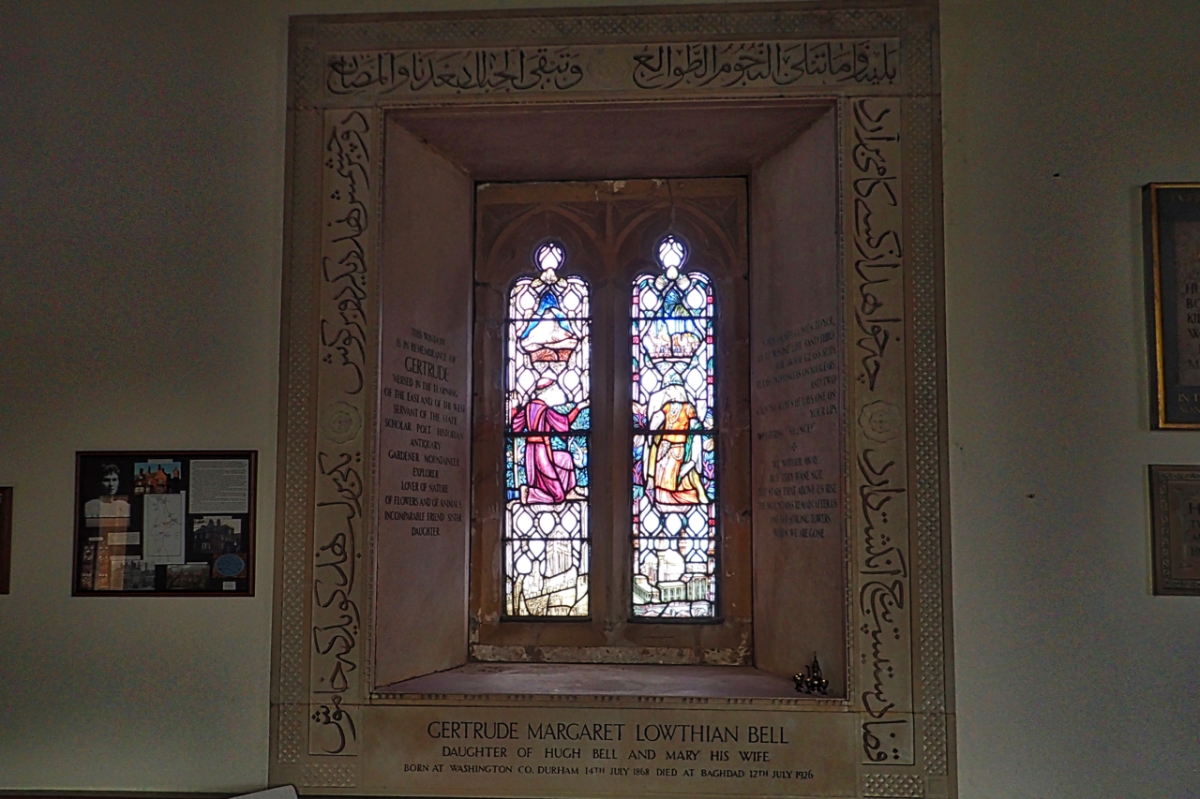

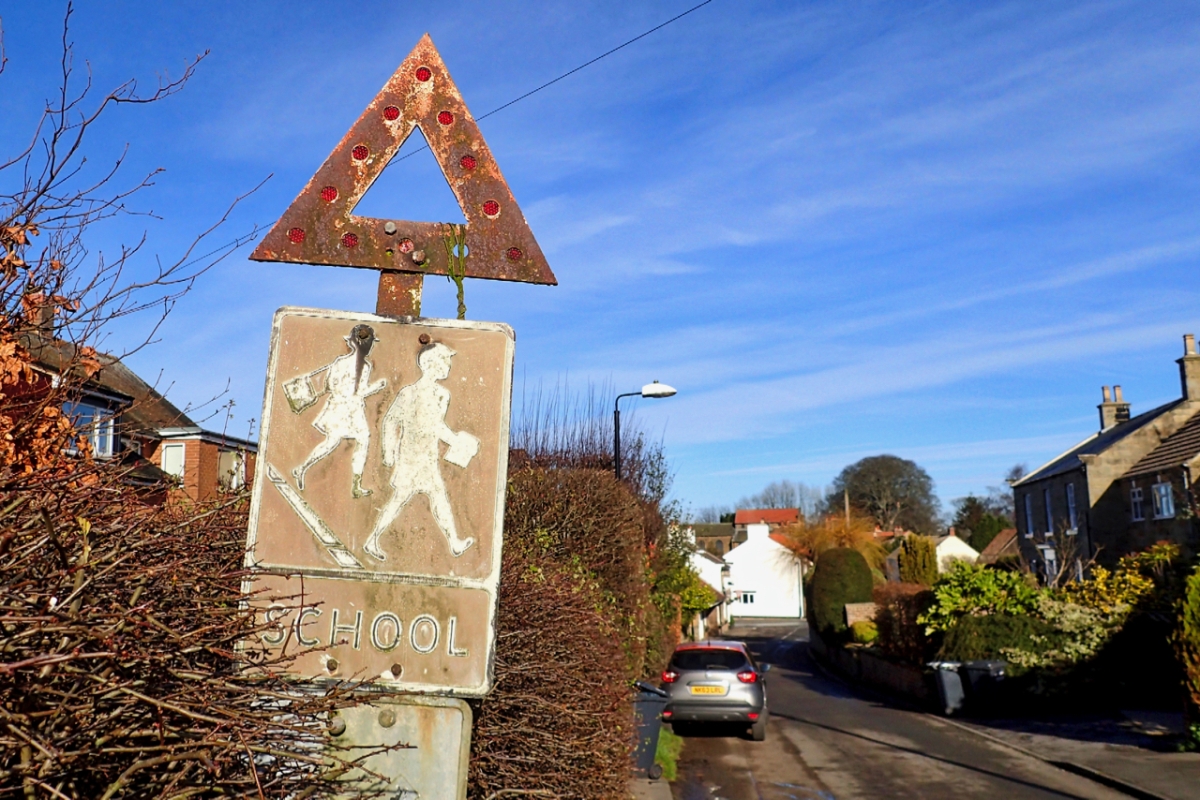
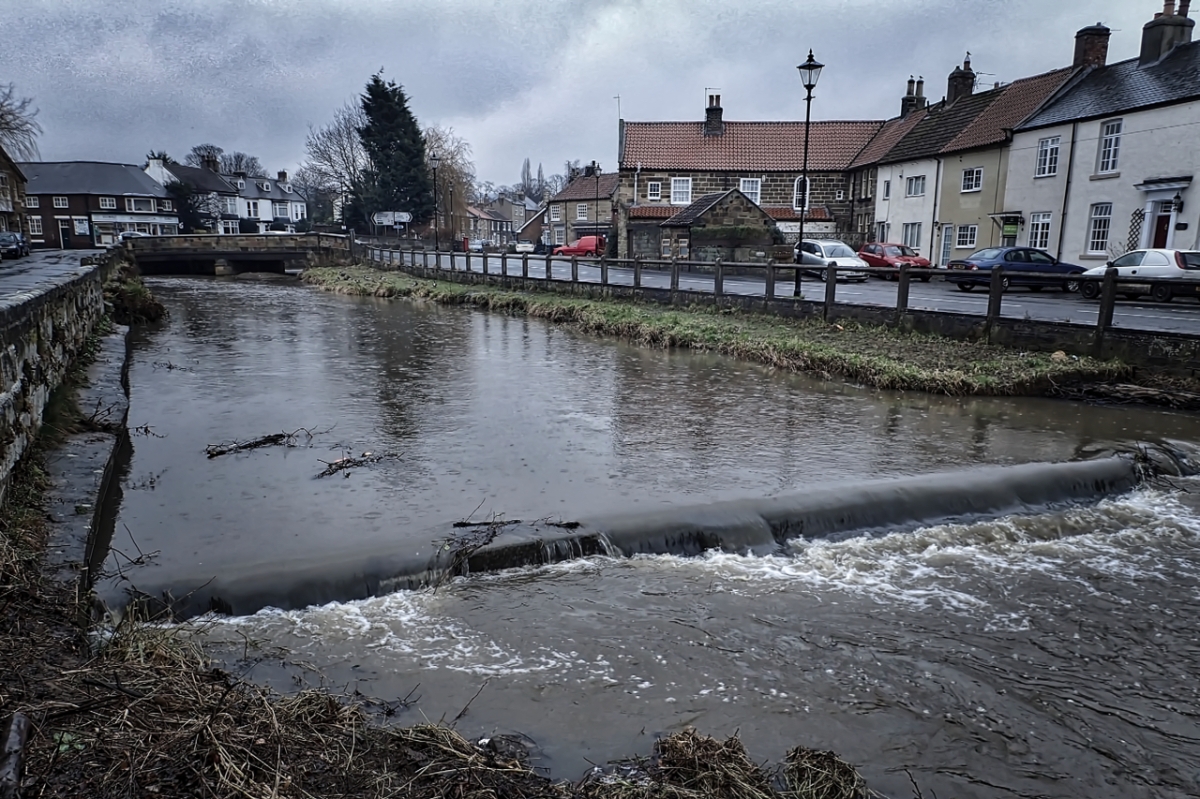


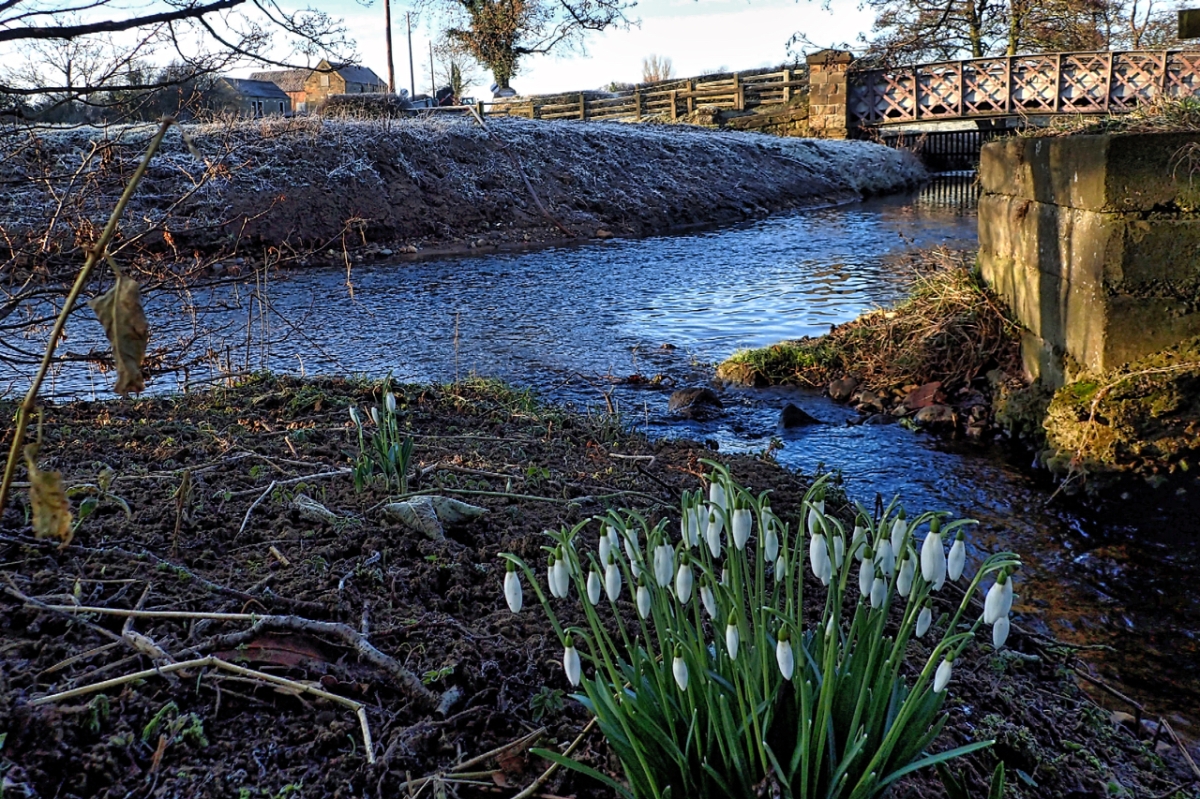

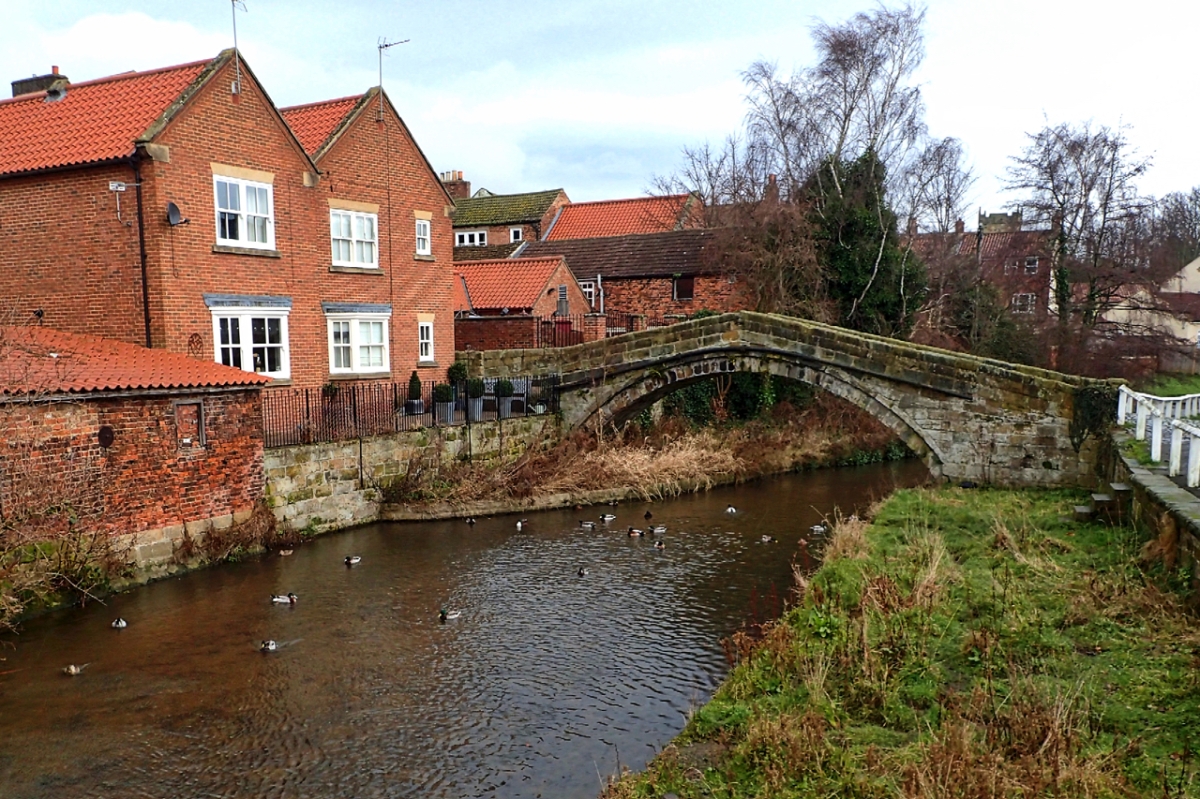

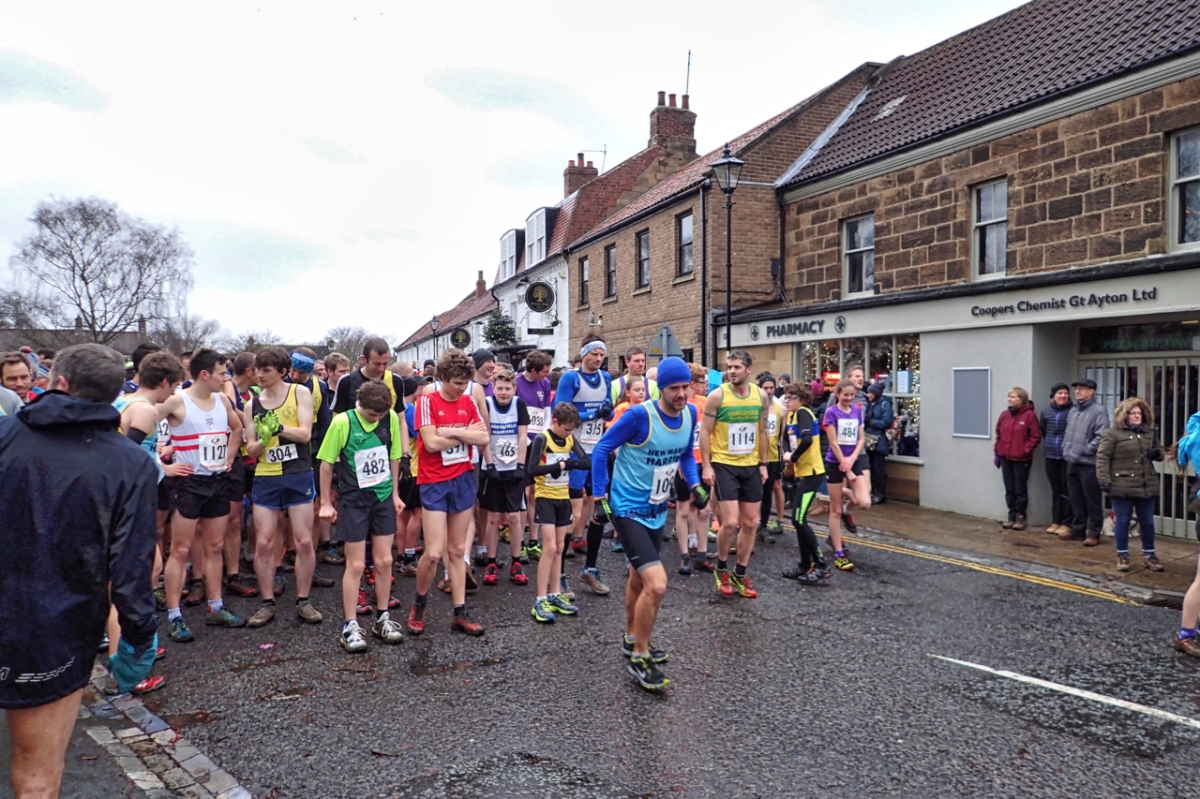
You must be logged in to post a comment.